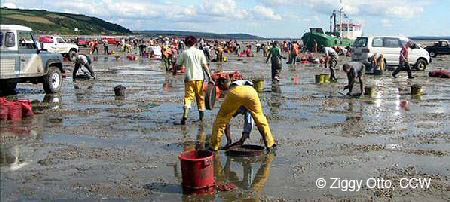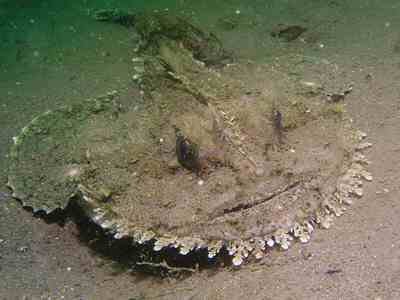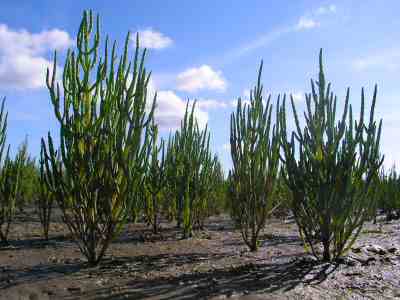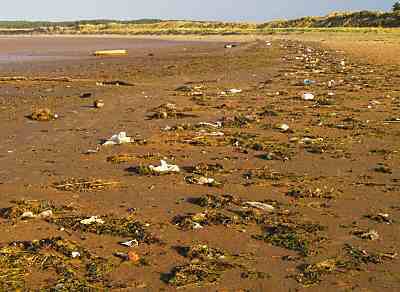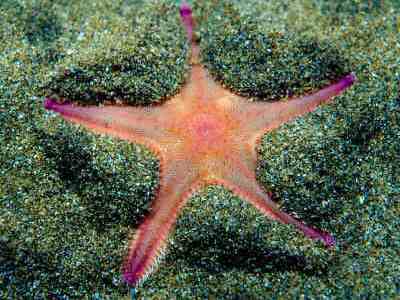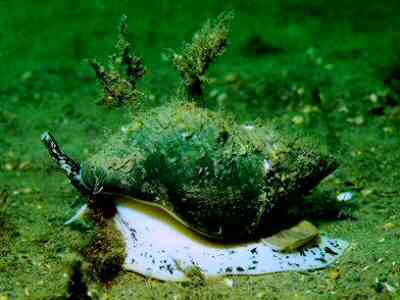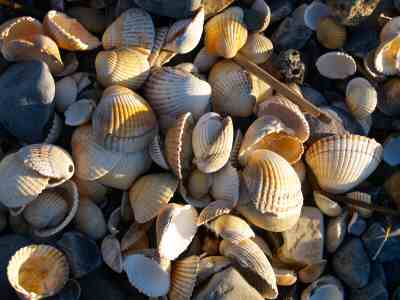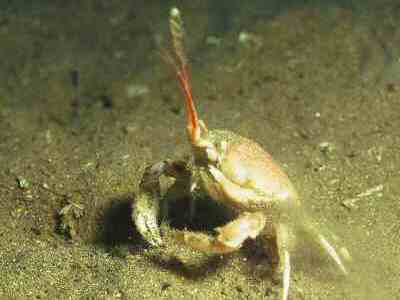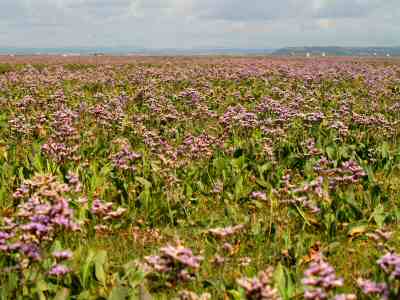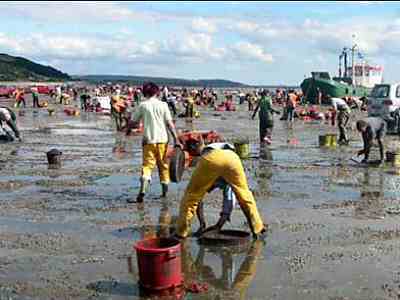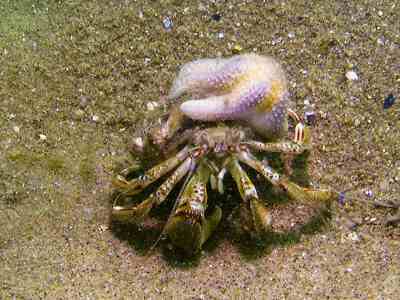Pressures & threats
Many activities have the potential to create pressure or threat by causing direct damage to habitats, or disturbance to wildlife, for example from noise or high speed activity, or by competing with wildlife for space. Â Activities currently believed to be actual or potential threats, and either requiring better management or further investigation include (not in any particular order):
- Aggregate extraction
- Levels of exploitation of ecologically important shellfish species (eg whelk, mussel seed)
- Molluscan shellfish culture  (‘ranching’)
- Creation & maintenance of hard engineered coastal defence works
- Land claim
- Over-grazing
- Bait collection, particularly digging
- High speed power craft (including PWCs)
- Disposal of wastes & debris
- Military activity
If you are concerned that any other activities are putting pressure on the site’s features, or if you have evidence of pressure or damage caused by any activities, we invite you to tell us.  Alternatively, if you have evidence that any of the identified activities are not actually threatening or damaging, please tell us this too.
As well as the human activities that directly put pressure on and threaten wildlife and their habitats, there are other potential threats to the long term sustainability of marine habitats and wildlife. Â These are both global and local, may be indirectly caused or influenced by human activity and include:
- Sea level rise
- Coastal ‘squeeze’
- Inadequate fisheries management capability
- Mass mollusc (cockle) mortality events
- Water quality and nutrient enrichment
- Urban water run-off
- Waste & debris
- Modifications to sediment transport
- Short term planning policies and unsustainable development
- Poor public awareness or understanding or interest
Although many activities have the potential to put pressure on, or threaten, wildlife and their habitats, not all actually do so.  The environmental effects of activities are determined by where they occur, how frequently, how intensely and, maybe, when they occur.
Development and management of activities must take account of the EMS, and thus contribute to enabling people and wildlife to co-exist in harmony.  But, in order to determine which activities do or do not need better management, we need more information on the distribution, timing and intensity of all activities, but particularly:
- All forms of commercial fishing
- Angling
- Bait collection of all kinds
- Recreational high speed boating and water-sports
- Off-road motor sports in intertidal areas
- Unregulated wildfowling
- Unregulated rubbish disposal (fly-tipping)
- Unregulated foreshore development
- Unregulated coastal protection & land claim
- Vessel maintenance (including cleaning and painting antifouling)
- Marine wildlife watching / ‘eco-tourism’
- Scientific research
- Marine wildlife welfare
